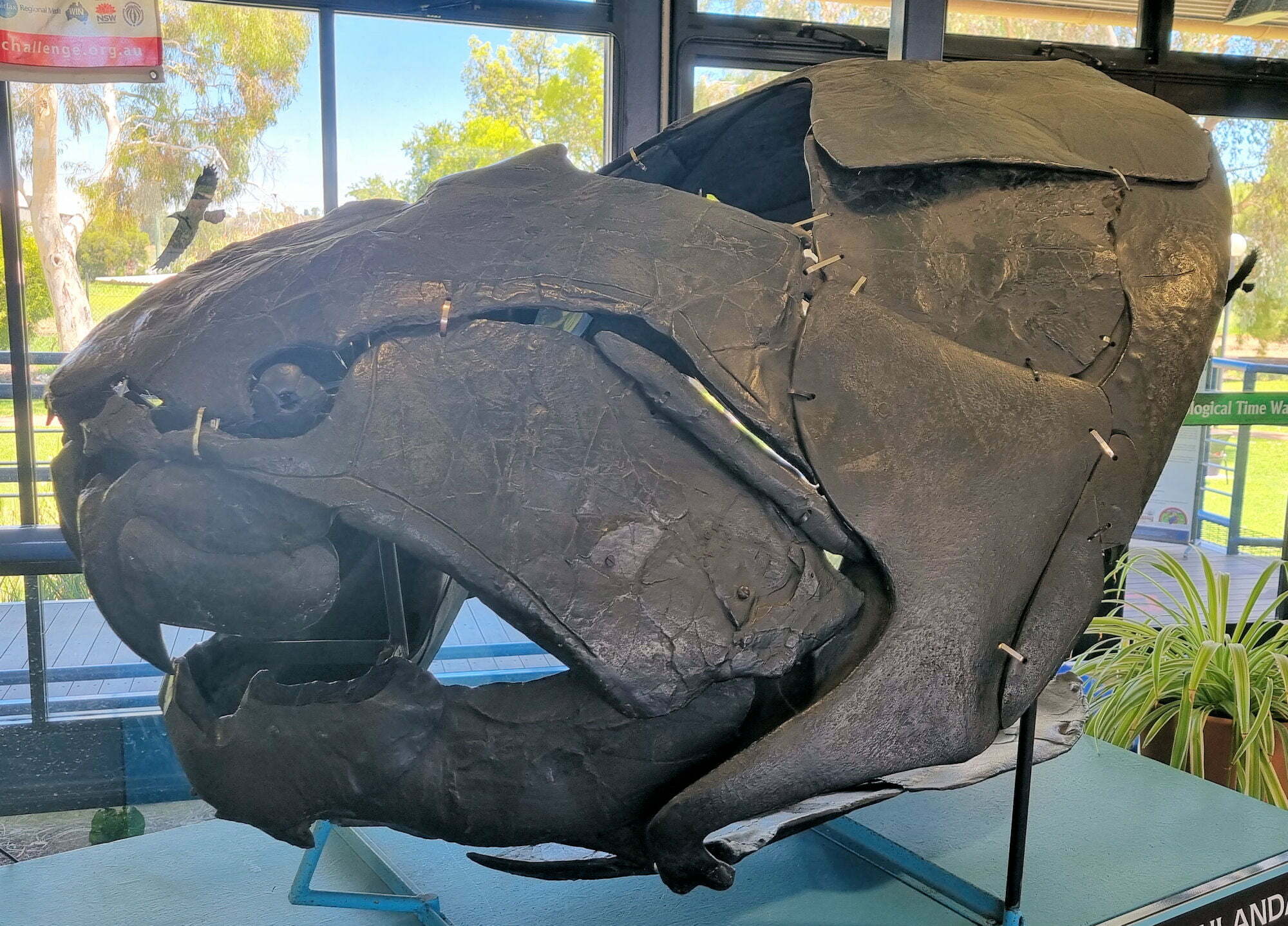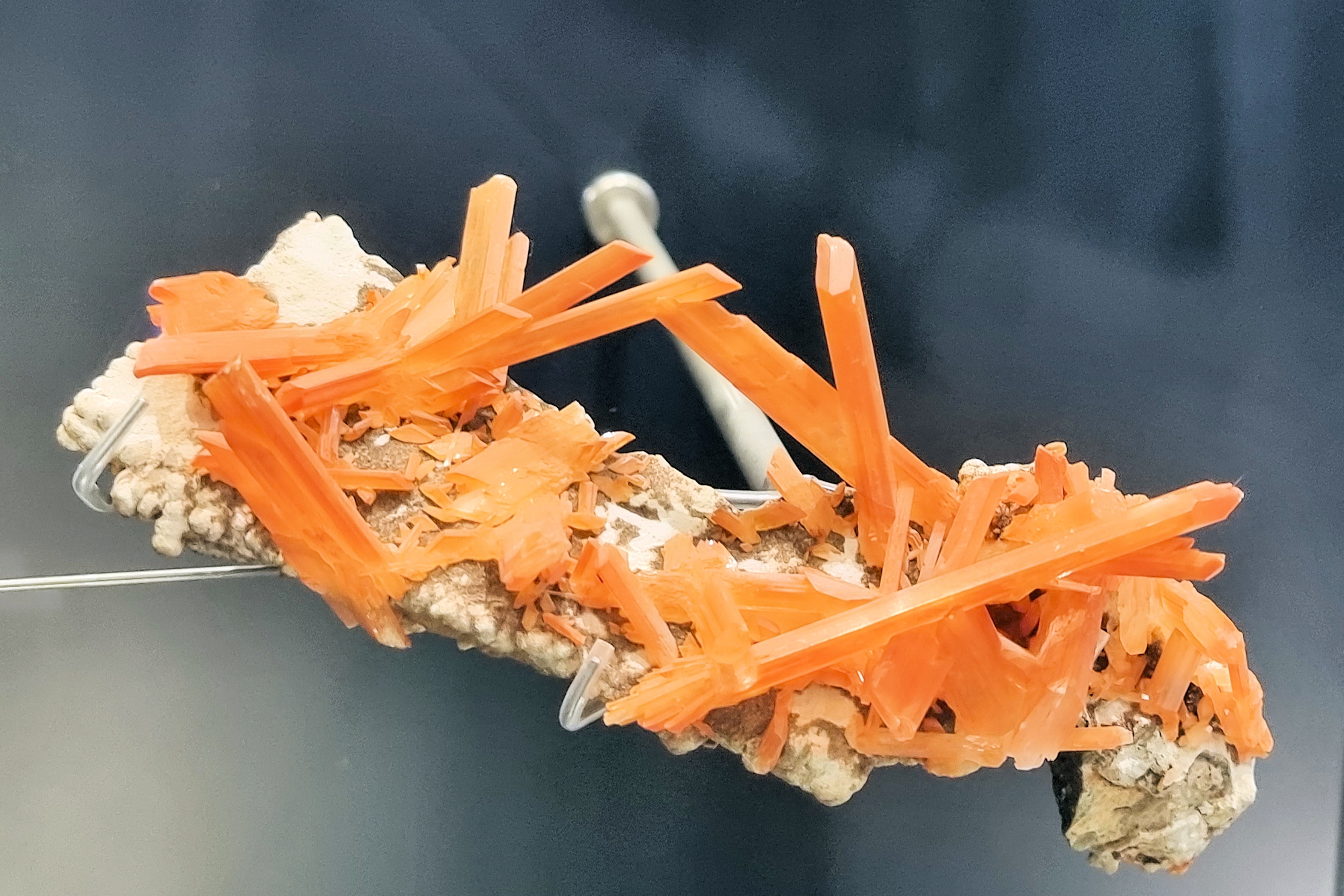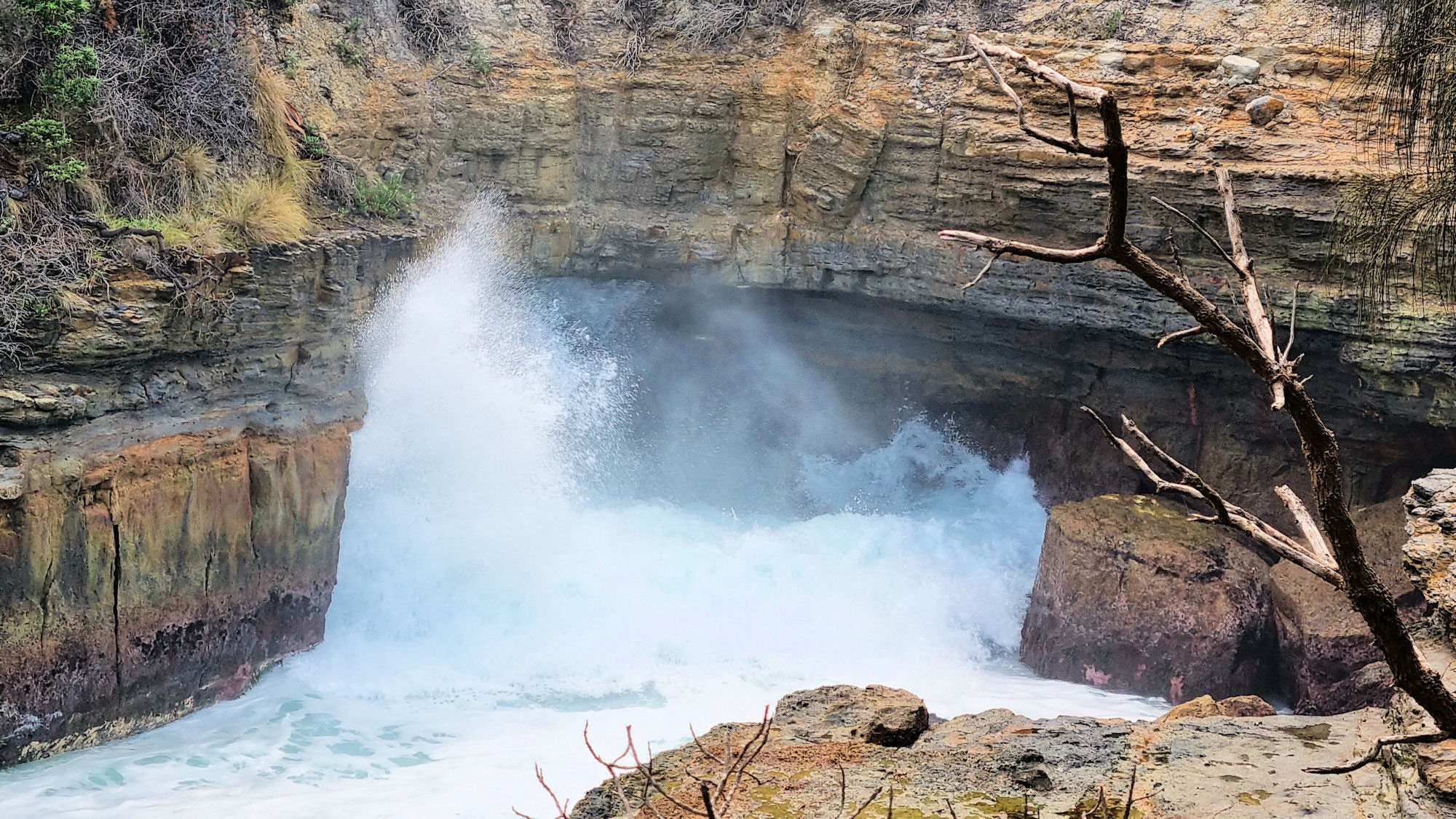Tag: geology
-
Age of Fishes Museum

Age of Fishes Museum Canowindra Driving north from Canberra, our trip took us through the small New South Wales town of Canowindra. Interestingly, the town has a museum dedicated to the Age of Fishes. Fossils were first found in 1955 when roadworks uncovered a slab of rock with interesting impressions. This was later brought to… Read more
-
Australian Fossil and Mineral Museum

Australian Fossil and Mineral Museum Bathurst Driving through Bathurst on our way to the Newnes Industrial ruins we discovered the Australian Fossil and Mineral Museum. Surprised to find such an important collection located in regional New South Wales. The Somerville Collection Containing over 5,000 objects, the collection was the life’s work of Warren Somerville AM.… Read more
-
Amazing Geological Sites on the Tasman Peninsula

Amazing Geological Sites on the Tasman Peninsula The rugged Tasmanian coastline lends itself to the formation of amazing geological sites, with many grouped together on the Tasman Peninsula. Tessellated Pavement Tasman Arch The Blow Hole Remarkable Cave Tessellated Pavement Best accessed at low tide, the tessellated pavement at Eaglehawk Neck resembles human-made pavement. During our… Read more